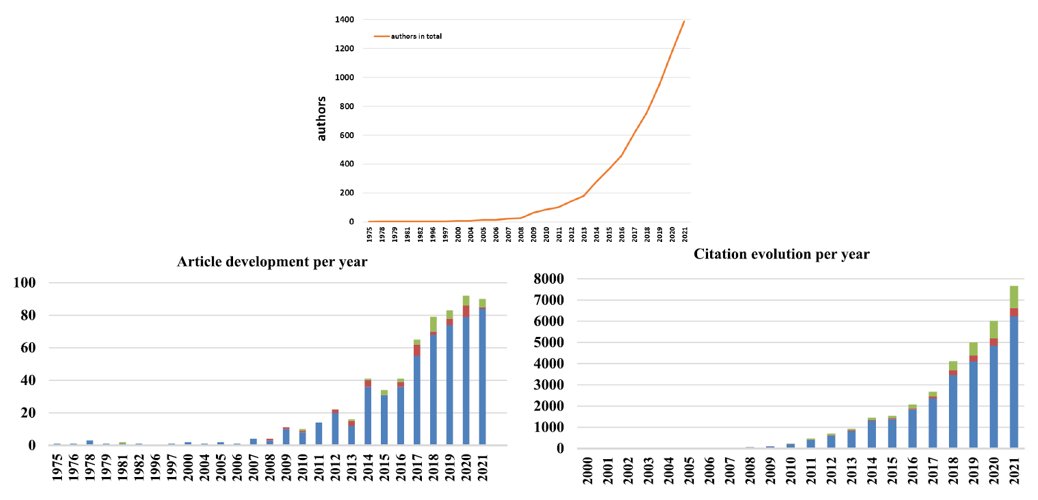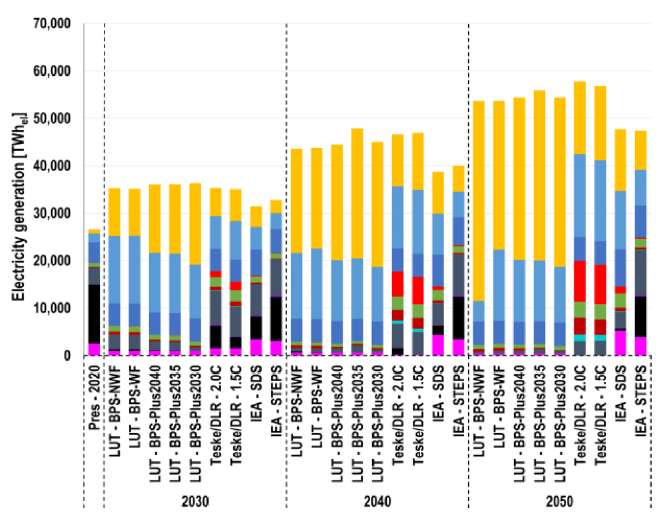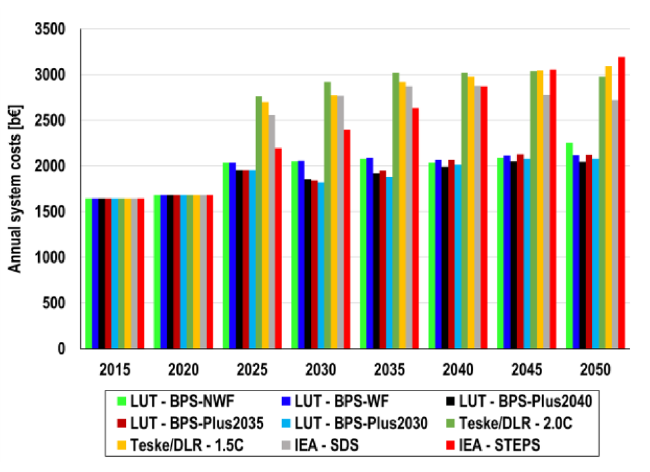
Professor for Solar Economy @UniLUT. Interested in sustainable energy systems.
https://t.co/qeijJOCapx… -
https://t.co/15JleMtPtR - https://t.co/wwOUQ3nl2r
How to get URL link on X (Twitter) App


 2/ Methods: The energy quality discrepancy of #EROI analyses was overcome with alignment to the energy quality level of electricity () and analysing #EROI on system level instead of technology level.
2/ Methods: The energy quality discrepancy of #EROI analyses was overcome with alignment to the energy quality level of electricity () and analysing #EROI on system level instead of technology level.https://twitter.com/ChristianOnRE/status/1689585094128754688

 2/ Methods: The central focus of the paper is the impact of transportation on the overall competitiveness. Based on detailed e-ammonia cost modelling transportation via pipelines & shipping was considered, incl terminals, ships, storage. Imports vs domestic costs are investigated
2/ Methods: The central focus of the paper is the impact of transportation on the overall competitiveness. Based on detailed e-ammonia cost modelling transportation via pipelines & shipping was considered, incl terminals, ships, storage. Imports vs domestic costs are investigated 

 2/ Novelties: first #100RE study for the Caribbean & Puerto Rico considering all energy sectors (power, heat, transport). First inclusion of offshore floating PV in an energy system optimisation model, based on earlier analysis on the case of #Maldives . doi.org/10.1016/j.apen…
2/ Novelties: first #100RE study for the Caribbean & Puerto Rico considering all energy sectors (power, heat, transport). First inclusion of offshore floating PV in an energy system optimisation model, based on earlier analysis on the case of #Maldives . doi.org/10.1016/j.apen…

 2/ The core analysis reveals the complexities of critical materials in the energy transition. The current criticality concept is influenced by short-term local concerns, hindering a globally agreed list of critical materials.
2/ The core analysis reveals the complexities of critical materials in the energy transition. The current criticality concept is influenced by short-term local concerns, hindering a globally agreed list of critical materials. 

 2/ Africa & South Asia represent 40% in world population and 17% in primary energy demand today, but will grow to 60% of world population and more than 50% of primary energy by end of this century.
2/ Africa & South Asia represent 40% in world population and 17% in primary energy demand today, but will grow to 60% of world population and more than 50% of primary energy by end of this century. 

 2/ Even the 1.5°C climate target requires about 500 GtCO2 negative emissions if fully accounting for uncertainties. Climate budget according to @IPCC_CH for reaching 1.5°C with max certainty has been used up in early 2022.
2/ Even the 1.5°C climate target requires about 500 GtCO2 negative emissions if fully accounting for uncertainties. Climate budget according to @IPCC_CH for reaching 1.5°C with max certainty has been used up in early 2022.

 2/ Power, heat, transportation segments are modelled and analysed in 8 scenarios varying the availability of grid connection and cars in the system, compared to a 9th grid-only scenario. Cost-optimised solution found via linear optimisation of #LUTprosume model.
2/ Power, heat, transportation segments are modelled and analysed in 8 scenarios varying the availability of grid connection and cars in the system, compared to a 9th grid-only scenario. Cost-optimised solution found via linear optimisation of #LUTprosume model. 

 2/ Three different European markets investigated - DE, FI, ES – for primary and secondary steel production. Today’s main types are BF-BOF (coal), EAF (secondary with electricity), but also DRI-EAF (hydrogen) and BOF
2/ Three different European markets investigated - DE, FI, ES – for primary and secondary steel production. Today’s main types are BF-BOF (coal), EAF (secondary with electricity), but also DRI-EAF (hydrogen) and BOF 

 2/ the core principle of the new CO2 removal (CDR) option is to use low-cost renewable electricity, efficient seawater desalination & drop irrigation and dry areas in the global sunbelt for desalination-based afforestation. Finally, low-cost RE and efficient solutions are key.
2/ the core principle of the new CO2 removal (CDR) option is to use low-cost renewable electricity, efficient seawater desalination & drop irrigation and dry areas in the global sunbelt for desalination-based afforestation. Finally, low-cost RE and efficient solutions are key. 

 /2 Europe, the US and Australia are the global research centers for #100RE, while a huge research gap for Global South countries still limits the impact of the research findings. Research from Global South for Global South is even more limited.
/2 Europe, the US and Australia are the global research centers for #100RE, while a huge research gap for Global South countries still limits the impact of the research findings. Research from Global South for Global South is even more limited. 

 /2 The @UniLUT scenarios reveal that #100RE anytime in 2030s is a least cost solution. Solar PV-battery is the inner core of least cost supported by wind power and other renewables. Sector coupling was not investigated but would further reduce system cost.
/2 The @UniLUT scenarios reveal that #100RE anytime in 2030s is a least cost solution. Solar PV-battery is the inner core of least cost supported by wind power and other renewables. Sector coupling was not investigated but would further reduce system cost. 